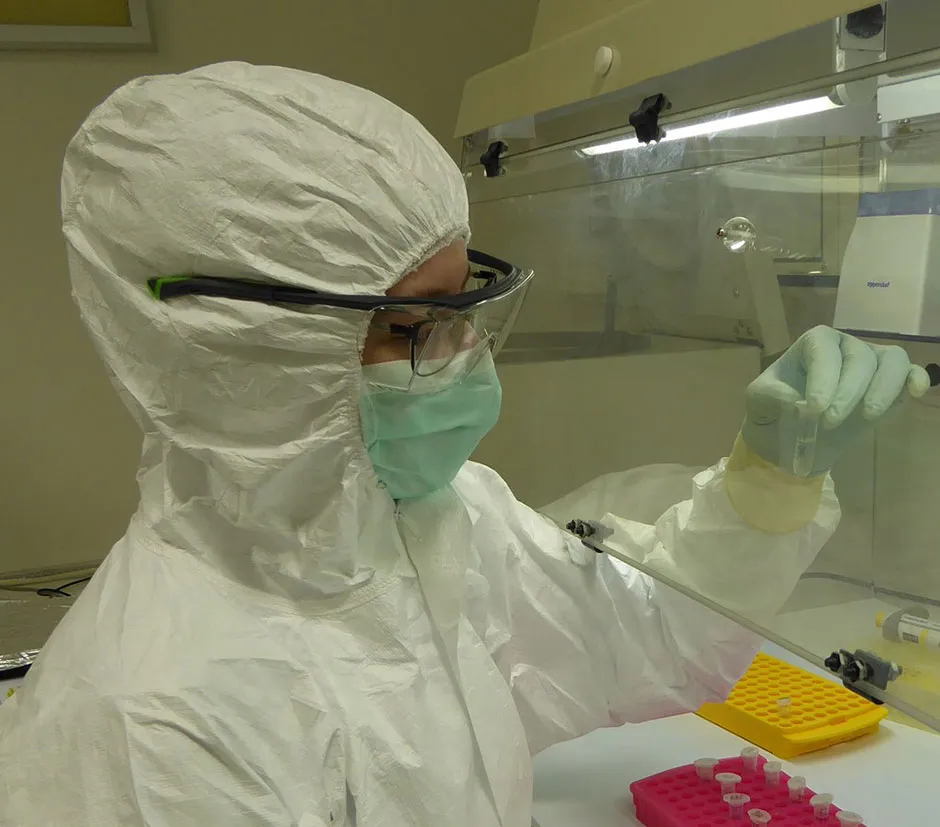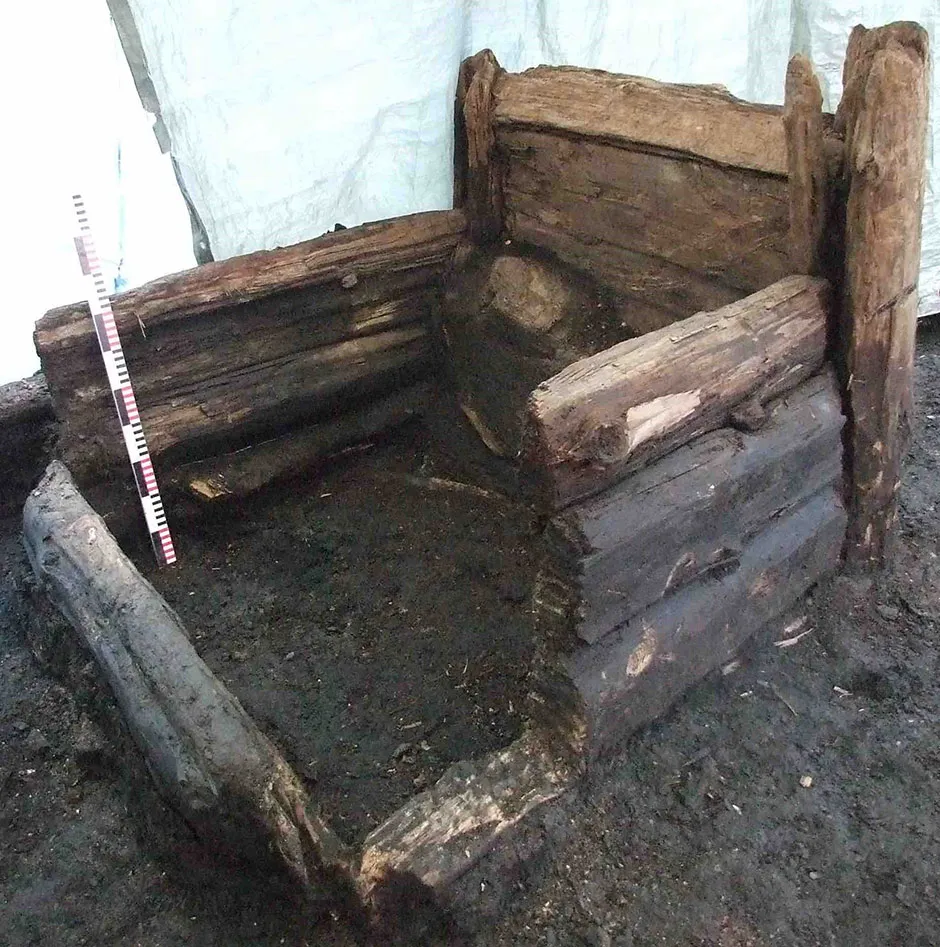Ancient gut bacteria unearthed in medieval latrines could provide important clues about the gastrointestinal health of present-day populations, scientists believe.
Their findings, published in the journal Philosophical Transactions of the Royal Society B, are based on an analysis of the sediments found in 15th-Century toilets in Latvia and Jerusalem.
The researchers say their work provides an insight into the gut microbiomes – the ecosystem of bacteria present in the digestive tracts – of pre-industrial agricultural populations.
They believe the findings could also help in understanding more about the health of the gut microbes of present-day humans – as there is “a growing body of evidence” that has linked changes in the gut microbiome to many diseases such as inflammatory bowel disease, allergies, and obesity.
Read more about the gut microbiome:
- From microbiome to mental health: The second brain in your gut
- The human microbiome: Everything you need to know about the 39 trillion microbes that call our bodies home
“If we are to determine what constitutes a healthy microbiome for modern people, we should start looking at the microbiomes of our ancestors who lived before antibiotic use, fast food, and the other trappings of industrialisation,” said biological anthropologist Dr Piers Mitchell, of Cambridge University, who is one of the study authors.
The team performed a microscopic analysis of the sediment samples taken from medieval latrines in Riga, Latvia as well as Jerusalem, thought to be from some time between the 14th and 15th Centuries.
To know more about the kind of bacteria that was present in the digestive tract of European and Middle Eastern ancestors, the researchers had to distinguish the microbes that once formed the in the gut from those normally found in the soil.

Once that was done, the team collected evidence of a wide range of bacteria known to inhabit the intestines of modern humans, such as archaea, protozoa, parasitic worms and fungi.The researchers then compared the the DNA of these organisms to the microbiomes from present-day industrial as well as hunter-gatherer populations.
“We found that the microbiome at Jerusalem and Riga had some common characteristics – they did show similarity to modern hunter gatherer microbiomes and modern industrial microbiomes, but were different enough that they formed their own unique group," said Susanna Sabin, a doctoral alumna of the Max Planck Institute for the Science of Human History in Germany, who co-led the study.
“We don’t know of a modern source that harbours the microbial content we see here.”

The researchers say further studies will be needed at other archaeological sites and time periods to fully understand how the microbiome changed in human groups over time.
“These latrines gave us much more representative information about the wider pre-industrial population of these regions than an individual faecal sample would have.” explains Mitchell.
“Combining evidence from light microscopy and ancient DNA analysis allows us to identify the amazing variety of organisms present in the intestines of our ancestors who lived centuries ago.”
Am I more bacteria than human?
There are more bacterial cells in your body than human cells, but the ratio isn’t as extreme as once thought. A 2016 study at the Weizmann Institute of Science in Israel found that our total cell count is 56 per cent bacteria (compared with earlier estimates of 90 per cent). And because bacteria are much smaller, their total mass is only about 200g.Soby weight, we are more than 99.7 per cent human.
Even so, we shouldn’t underestimate the contribution bacteria make to our body, nor feel threatened by it. Most of our ‘human’ cells contain structures called mitochondria, which we rely on to convert glucose into compounds we can use for energy.
These mitochondria probably began as free-living bacteria before they embarked on a symbiotic relationship with us. The only reason that we don’t include them in our tally of bacteria is that they never leave the confines of human cell membranes, though they are, in many respects, independent organisms with their own DNA.
Like all multicellular animals, we can’t easily point to individual components and say “This is part of me, and this is not”. Your body is like a city – it has a collective identity that goes beyond its individual inhabitants. The pigeons and squirrels that call London home are just as much a part of it as the humans who live there.
Read more: